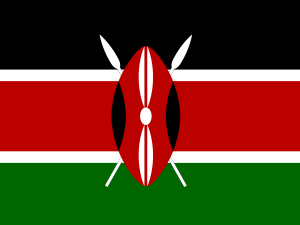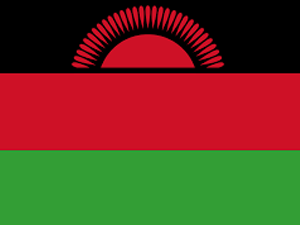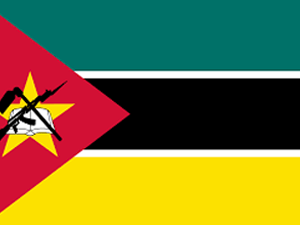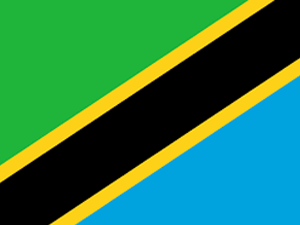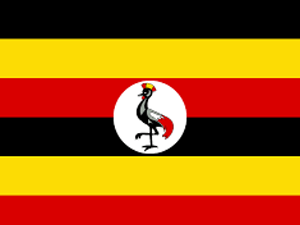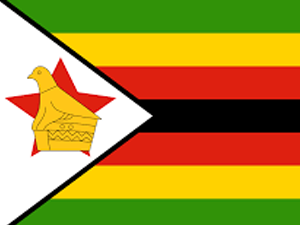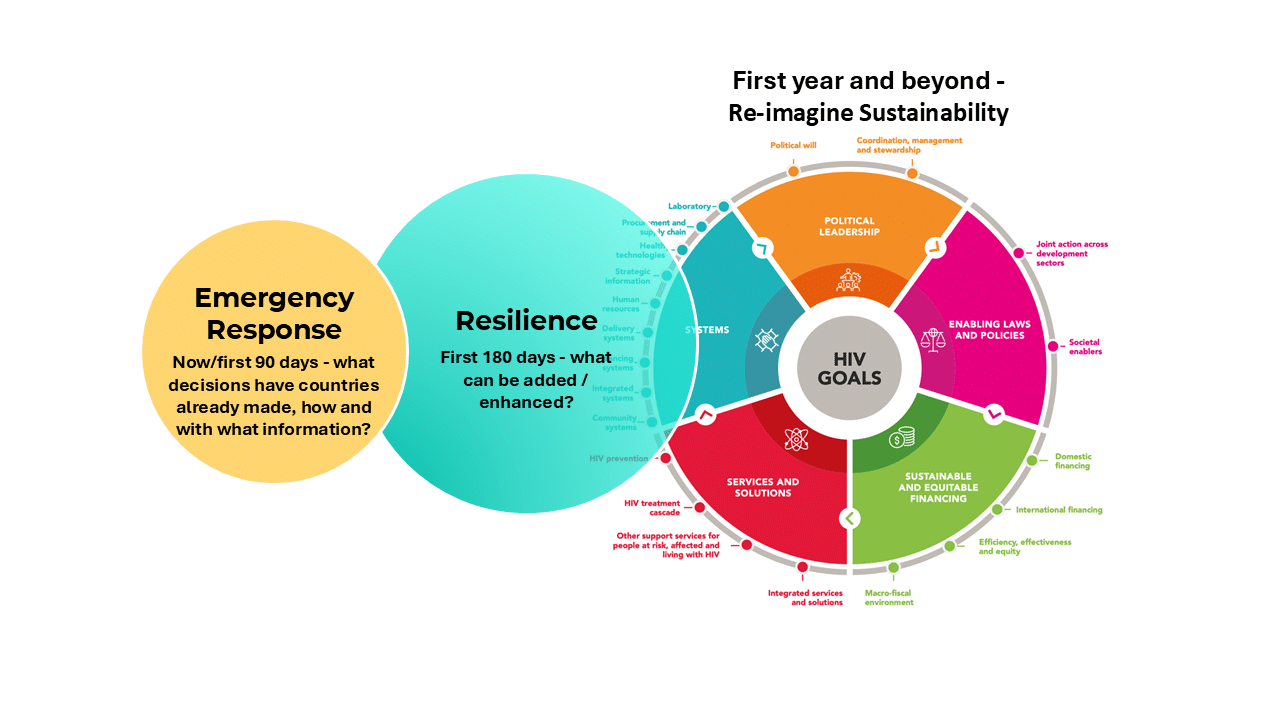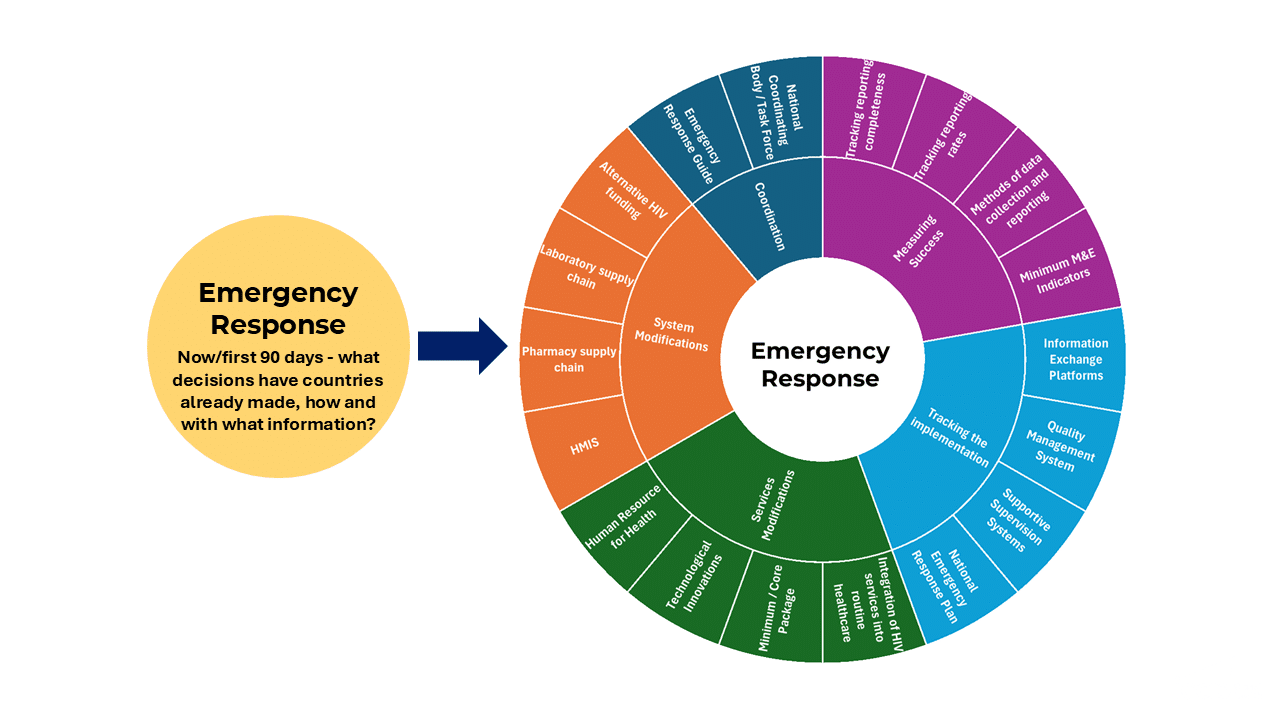Emergency Response / Sustainability Focus
Building on its 8 years of partnership with ministries of health, recipients of care, implementers, funders, and global institutions, the CQUIN network has rapidly pivoted to address the changing landscape of HIV service delivery in Africa.
Meeting the Moment:
Leveraging the 21-Country CQUIN Network in a Time of Change
In early 2025, the challenges facing CQUIN learning network participants changed almost overnight, as HIV programs in countries across the network abruptly lost funding, staff, and implementing partner support. The loss of funding impacts clinical care, testing and prevention, data systems, planning and coordination, laboratory and commodities supply chains and networks, and crucial recipient of care support services. As ministries of health from many of the countries most affected by HIV grapple with urgent questions about how to adapt to this new reality, they are engaging with peer country leaders via CQUIN to share experiences, best practices and tools focused on priority-setting and sustainability
Two examples:
- CQUIN webinars on February 18 and March 13 highlighted case studies from Malawi, Kenya, Ghana and Mozambique. The next webinar, scheduled for April 8 in collaboration with Avenir, will focus on GOALS Modeling.
- CQUIN communities of practice are conducting rapid informal assessments with country ministries of health and connecting key stakeholders across countries.
Based on requests from CQUIN network participants, and in consultation with its Advisory Group, the CQUIN team has pivoted its plans for the year by conceptualizing three phases: an emergency response focused on needs assessment and rapid support, an intermediate response focused on expanding joint learning and experience sharing, and a longer-term agenda aimed at supporting partner countries to re-imagine their HIV response as centered on sustainability as well as coverage and quality.
Fig 1: Three phases conceptualized around (1) an emergency response phase focused on needs assessment and rapid support that leads into (2) an intermediate response focused on expanding joint learning and experience sharing, and (3) a longer-term agenda aimed at supporting partner countries to re-imagine their HIV response as centered on sustainability as well as coverage and quality. [UNAIDS HIV Response Sustainability domains from: https://sustainability.unaids.org/]
Preliminary priority areas include:
- Protecting People: CQUIN partner countries are already facing interruptions in HIV prevention, testing, linkage and treatment services. CQUIN’s communities of practice are well-poised to focus on some of the most vulnerable communities, including key populations, people with advanced HIV disease, young children, pregnant and breastfeeding women and their infants and young children (via its sister network HIVE).
- Supporting Health Systems: Urgent requests from CQUIN member countries have included assistance tackling the difficult issues of sustainability, integration, and monitoring and evaluation.
Emergency Response (First 90 Days):
In response to recent shocks within HIV health systems, the initial phase of the emergency response demands a strategic and reflective approach. This involves assessing and documenting the decisions that countries have already made – including a detailed analysis of the information and data used in decision-making. Understanding the evidence base and rationale behind these decisions provides valuable insights into the strengths and weaknesses of current response strategies.
Fig 2: The focus areas undergoing review across member countries during the initial phase of the response – coordination, system modifications, services modifications, tracking implementation and measuring success
To foster a collaborative learning environment, the CQUIN platforms will be used to share findings, best practices, and challenges across member countries. Encouraging open dialogue and mutual support during this process will inspire innovation and bolster collective resilience. Countries will need to remain agile, adapting their plans as new information unfolds. This dynamic approach ensures that emergency responses remain relevant and effective, while building a stronger foundation for long-term system resilience.
Resources:
- UNAIDS Impact of US funding cuts on the global AIDS response
- PEPFAR – PEPFAR Impact Tracker: Tracking the impact of the suspension of delivery of ARVs
- USAID Impact Tracker
- CHANGE: Community Health & HIV advocates navigating global emergencies
